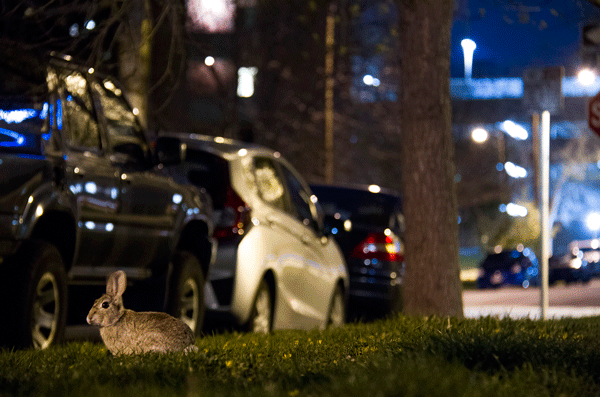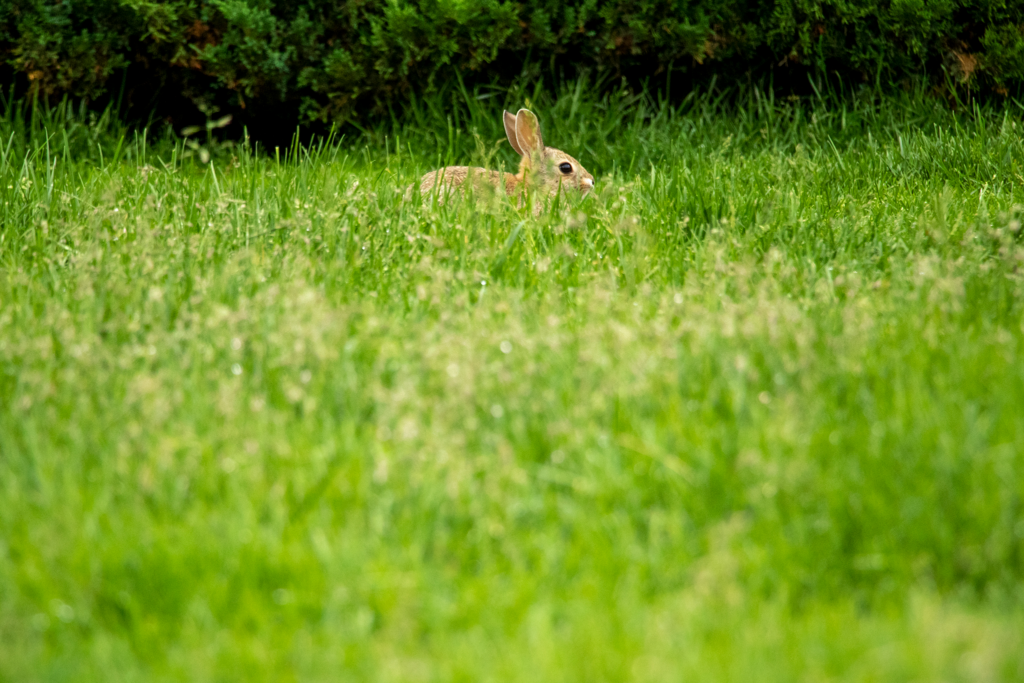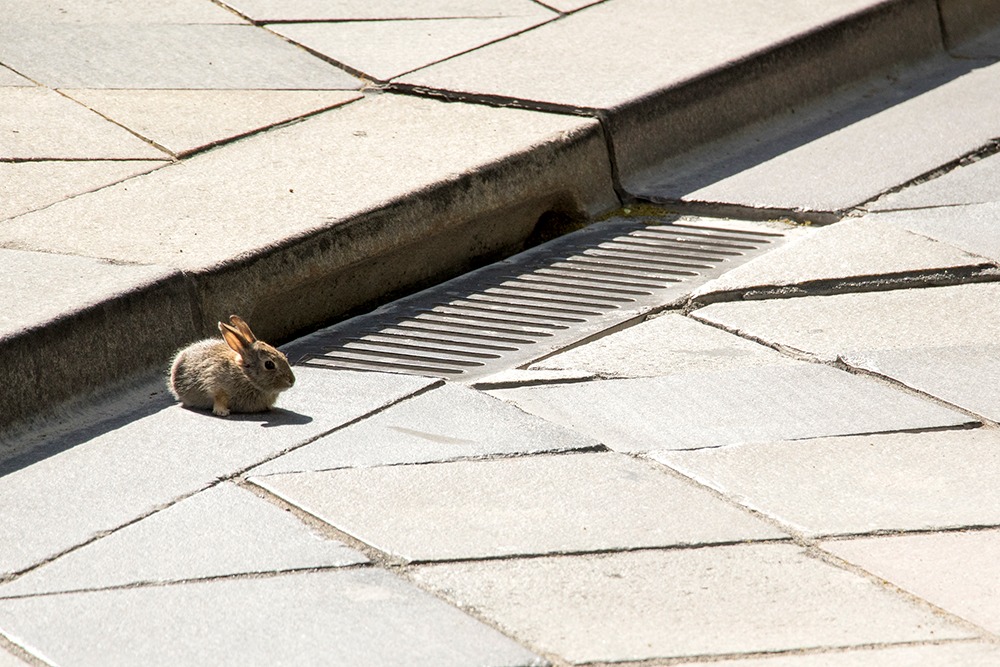
In just about any environment, rabbits have a knack to multiply and then, well, multiply some more.
The observation that there seemed to be even more rabbits than usual in the Denver metro area led one CPR News listener to ask Colorado Wonders: Are the city’s rabbit populations growing?
And as someone from a multi-generational Colorado family who has lived in Denver since the 1920s, that led me to a chicken-egg question, if you will, about the city’s foxes. There used to be a lot of Denver foxes and, this year at least, they don’t either seem as visible or there aren’t as many as there used to be.
It turns out, both urban wildlife observations are right … maybe.
Gunnar Zollinger, a natural resources specialist for Arapahoe County open space, has little cameras set up at open space sites throughout the county and said he, too, has noticed a proliferation of rabbits — and fewer foxes than normal.
Because no one, as a matter of practice, conducts population studies of these kinds of urban wildlife, most everything is assumptions, but they are assumptions based on science.
Zollinger hypothesized that the severity and length of the winter of 2022-23 is affecting animal populations today.
The CPR listener also asked a follow-up question: Why would the city’s rabbit population be growing?
The reason starts in that long winter.
On the Front Range, there was a higher-than-average snowpack, about 8 inches higher than usual, according to the National Weather Service. It was also the cloudiest winter in the state’s history, which means snow stuck around on grasses and wildlands (and front lawns) for more than 56 days — a record. As a matter of comparison, the winter of 2023-24, that number was 23 days, according to the weather service.
All of that is to say that 2022-23 was a cold, long, snowy winter. That likely hurt the foxes, Zollinger said.
Foxes have a 4 to 5-year lifespan and when the weather is that cold for that long, the older and weaker ones won’t be able to make it, nor would the young foxes when all that snow started. Foxes mate once a year, usually in December and January, and they will produce anywhere from three to five pups. Mating also could have been down that season just due to sheer need to prioritize survival from the cold and snow on the ground, which can mask natural food sources.
But what does this have to do with bunnies?

Well, it has to do with the food chain. If there are fewer predators, cottontail rabbits — the grayish little city rabbits seen in parks and yards and trails — will have more opportunities to thrive.
Plus, as opposed to their carnivorous predators above them on the food hierarchy, rabbits can mate up to seven times a year, and with three to eight kits per litter — they multiply way, way more quickly.
Helping them even more that winter, Zollinger said, was that when that snow all finally melted, it made for a lot of green grasses and shrubs in wildland areas. These are all things rabbits love to eat. And with unlimited foraging, they can produce even more babies than normal.
“I think it plays into the predator-prey cycle,” said Monique Rivera, a federal wildlife biologist at the Rocky Mountain Arsenal National Wildlife Refuge, just east of Denver. “It ebbs and flows over time. I think about all the precipitation we received this year, we saw our vegetation thrive … With all that vegetation we have seen an abundance of cottontail. We do have foxes out here, once you see a prey increase, you’ll see a predator increase as well.”
That is good news for fox lovers, Rivera said.
Rivera noted that just this summer they have started seeing swift foxes in the Arsenal, which is a new species for the area.
“It’s an indicator we have really healthy ecosystems and grasslands, in fact,” Rivera said. “We actively weren’t managing for foxes. It’s just one of those things when you do enhance your habitat, species naturally come back where the resources are available.”
Vicki Vargas Madrid, the wildlife program manager for Denver Parks & Recreation and Mountain Parks, said the thing about urban animals — all wild animals — is that they are endlessly adaptable.

She said that in various neighborhoods, urban wildlife will change over time because of new development, more density, and a few trees that die – whatever may be going on in a season or year. A new apartment building replacing a surface parking lot, for example, could scatter a certain animal population.
That doesn’t mean, Madrid said, that those animals are necessarily gone — just less in plain sight.
“These are species that have been around in the city. They have adapted to the urban environment. They get the things they need, food, water and shelter,” she said. “It’s hard to say why we will see one species from one year to the next, but from a management perspective, it usually has to do with the habitat that’s available to them.”









